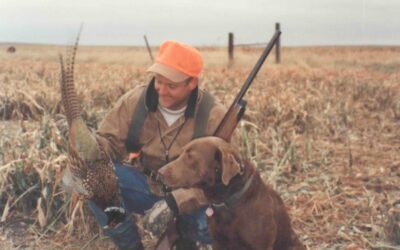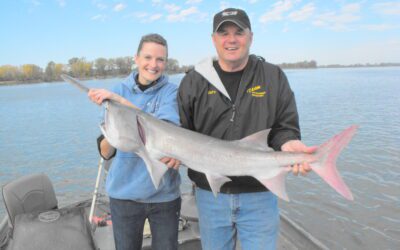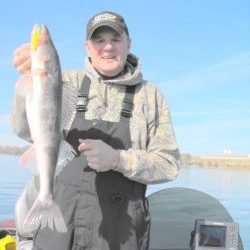The word predator means different things to different people; too some it could be a coyote, fox, bobcat, mink, weasel, raccoon, skunk and even mountain lions.
To waterfowl and upland game it is all of the above and these predators, especially raccoons, skunks and fox are the major reasons that wildlife numbers are down.
Changes in agriculture in the upper Midwest have created numerous problems for nesting birds, as the habitat they need to nest is not there.
Predators, which produce very rapidly with many young, create large populations of critters out there after the birds.
The change in the landscape has made it easier for the predators to find the nests, especially since the amount of nesting cover in some areas is down and in other areas nonexistent. Much of the available nesting cover is the smaller tracts, which makes it easier for predators to find and destroy nests.
A couple of years of years ago, that fur prices were up and it seemed like everyone, even those that never trapped or hunted furs were out, creating a multi-million dollar fur business.
Now days, you see raccoons and other furbearers lying along the roads, when just a couple of years ago, you seldom saw a raccoon or coyote left there.
The reason for this was simple; people picked them up because they were worth up to $35.00.
However, times have changed and fur prices are low as a big raccoon may only bring a couple of bucks.
The antis would like you to believe the reason that fur prices have dropped was their demonstrations and under-handed tactics.
The truth is that the countries that purchased the majority of our furs are no longer the big buyers they used to be.
Russia and Europe were the two largest purchasers of furs and we all know what happened to Russia.
In Europe, we were shipping huge quantities of furs overseas; this hurt the price of the furs produced by their in country fur farms.
Since the European nations subsidize their fur farms, they needed to do something to slow down the importation of furs, so they banned the importation of furs from animals that taken in traps. This protected their farmers allowing them to get higher price for furs raised on the European fur farms.
With less a demand for furs, fur prices have dropped to all time lows.

When calling predators, you never know what will come in. This Bobcat came within ten yards of our film crew and me while filming and calling predators in south central South Dakota.
This along with higher gas prices has made trapping and predator hunting unprofitable.
Studies by Delta Waterfowl, North America’s leader in waterfowl ecology and waterfowling, have discovered that there is a relationship between the amount of grassland nesting cover and the amount of nest success.
In an area where 30-40% of the land is in permanent cover (grassland) waterfowl, nest success is higher
The reason for this success is that the predators are not able to find all of the nests in these larger size tracts.
In many areas, the intensively farmed landscape will not allow much grassland, because of financial and farm policies, the 30-40% grassland needed for successful nesting does not exist.
Areas with high wetland habitat will usually attract 60-80 pairs of ducks per square mile.
Unfortunately, most of these ducks will not be able to produce one single brood.
The major reason for this is depredation, predators that kill the hens, destroy the nests and eat the eggs.
In test areas where predators were controlled, nest success was much higher.
People need to realize that predators are out of hand, not only affecting waterfowl, they affect the population of all species including upland game.
Not only are these large populations destroying wildlife, when the populations get high, they are also carriers of diseases such as rabies.
I know a few people that still hunt and trap raccoons for the sport of it, but when prices get high and a raccoon may only bring $5.00, at that price, they really have to love it, because they sure are not making any money doing it.
I will not hesitate to shoot a skunk or raccoon when I’m in the field, especially when I’m hunting with my dogs as you never know what these those critters might be infected with.
As we all know, habitat is the key, so there needs to be enough habitat for wildlife to survive and the small tracts of habitat that we see now, make it too easy for predators to search out the nesting and roosting birds.
Even where there is, an abundance of habitat, uncontrolled predators will hurt all wildlife and some domestic animal populations.
Predator control is something that needs to be done by those that love to hunt waterfowl and upland game as the fewer predators running around out there means that the nesting birds will have a better chance to pull off a successful hatch and we will see more waterfowl and upland game birds in the future.





0 Comments